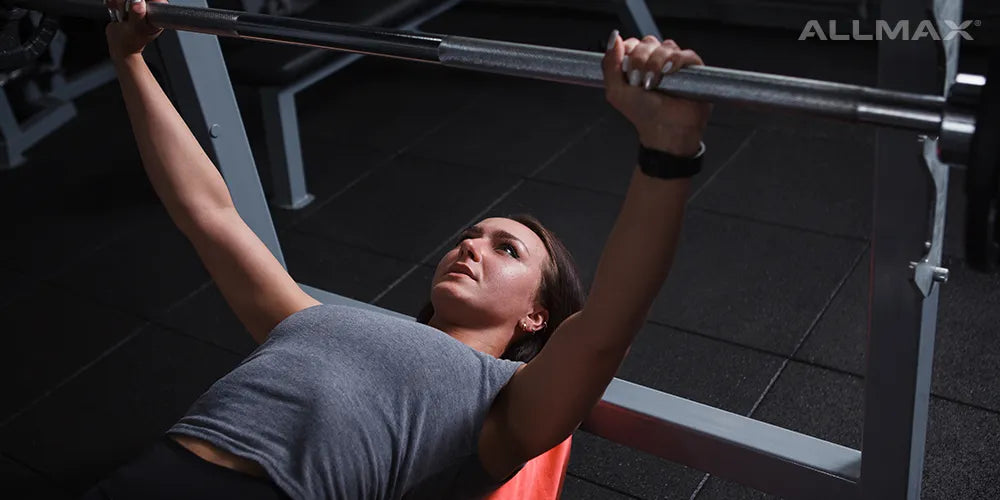Anterior Pelvic Tilt, also known as “lower crossed syndrome,” is a physical condition that affects the pelvis and can lead to hip, back and knee pain. It is generally the result of having tight hip flexors and weak glutes. If left untreated, apart from the physical appearance issues, it can lead to chronic back, leg and hip pain. Fortunately, by completing a few simple stretches and exercises each day, Anterior Pelvic Tilt can be successfully and quickly treated. Here is how.
What Anterior Pelvic Tilt is Exactly
At face value, Anterior Pelvic Tilt sounds like a life-threatening condition. In reality, it has side effects and can lead to complications, but initially, the two things most affected by the tile are a person’s appearance and their ability to exercise, stretch and use specific muscles and body regions. Specifically, it occurs when your hips rotate forwards and down. Having Anterior Pelvic Tilt can lead to the following:- Your rib cage protruding,
- Exaggerated lumbar curve,
- Bulging abdomen,
- Protruding posterior.
Problem or No?
Not every case of Anterior Pelvic Tilt needs to be addressed. In some cases, people are born with it. The key is identifying if it is a problem that needs fixing or whether the individual with the condition has it naturally. Another key is figuring out if following a stretching and exercising regimen will fix the issue and whether it will fix it permanently or require attention over time. There are a few symptoms that indicate the Anterior Pelvic Tilt is problematic:- Quads and lower back dominance
- Weak glutes
- Overactive hip flexors
- Weak abdominal muscles
Causes of Anterior Pelvic Tilt
There are a few causes of Anterior Pelvic Tilt. They are: Natural Occurrence: In some people, as mentioned, the tilt is there from birth. In this case, the person likely has learned to live with the appearance and how it affects them physically. The decision to try and fix it can be a personal preference, or, if it is worsening or causing pain, on the advice of a doctor. Gender: Women naturally have more anterior tilt than men, which can create an environment that makes it easier to develop tilt. Sedentary Lifestyle: Sitting prompts the hip flexors to remain in a shortened position and the glutes to remain inactive. Additionally, spinal extensors are constantly in use to keep a person upright. Activity Patterns: In some cases, individuals who workout are affected by their life outside the gym. A person with a long commute to work or who sits most of the day can lead to over-exercising the lumbar region of the back, particularly during hip extensions and squats, overhead presses and other lifting exercises. This can cause spinal erectors to “pull” the torso back and the result is a protruding rib case. Over time, this effect can become worse and constant.An Easy Test
There is a simple test to determine if you have Anterior Pelvic Tilt called the “Thomas Test.” Here is how to do it:- Lie on a table with your legs hanging over the side,
- Bring the knee of one leg to your chest and hold it in place,
- If the back of your resting leg lifts off the table, you have anterior tilt.
The Fixes
Strength training, stretches and exercise are the best approach for fixing Anterior Pelvic Tilt. Lying Pelvic Tilt: This is one of many lower back exercises you can do. Lie on your back on a flat surface and “push” your lower back to the ground. You can also incorporate hip rotation into this exercise after you have the other basics of it mastered. Standing Pelvic Tilt: Squeeze your glutes while in a standing position. At the same time, tighten your abdomen. This will help your body retrain your hips in the correct position. You can also do this against a wall and flex your back to touch the wall. Hip Hinge Training: Hip Hinge Training resembles the deadlift excepting the resistance is behind the individual, which makes them shift their weight backward. The process is as follows: Start Chest High, push the hips back, squeeze the glutes, end back at the chest-high position. Depending on how you exercise, you can use a kettleball, cable resistance or regular weight resistance. Arching your back is another alternative when doing this exercise, but you should talk with your trainer before doing it. RKC Plank: There are a variety of plank exercises, but none are as effective in combatting Anterior Pelvic Tilt as the RKC Plank. It combines tension in the legs and shoulders with contraction of the glutes and abdomen. The other advice for fixing anterior tilt is to practice correct posture when lifting. This means not arching your back as it strains muscles and exacerbates tilt.How Many and How Often
The best approach to exercises that fix pelvic tilt is to do 2 to 4 reps with a 10-second break in between. As far as sets, that is up to the physical condition of the person exercising or stretching. Keep in mind that the longer the exercise the more likely the correct process will break down.Q&A
Why is it not recommended to arch your back when doing these exercises? For one, it can actually promote Anterior Pelvic Tilt. Another reason is that if too much weight is used, back muscles can strain and in the worst-case scenario, can lead to a collapse of the muscle, which can seriously injure the person doing the exercise.What muscles are weak when a person has Anterior Pelvic Tilt?
Generally, the glues and abdomen and lower back.Does anterior tilt cause back pain?
It can although a direct cause and effect is not established. This is particularly true if the person plays sports that require rotation of the hips.How long does treatment take?
This is dependent on three things:- The condition of the tilt: How extreme is it?
- The cause of the tilt: Is it natural or due to any of the causes mentioned above?
- Is the exercise regime followed faithfully?
- Are there other changes also being implemented affecting how a person sits, getting up and moving, etc.?



